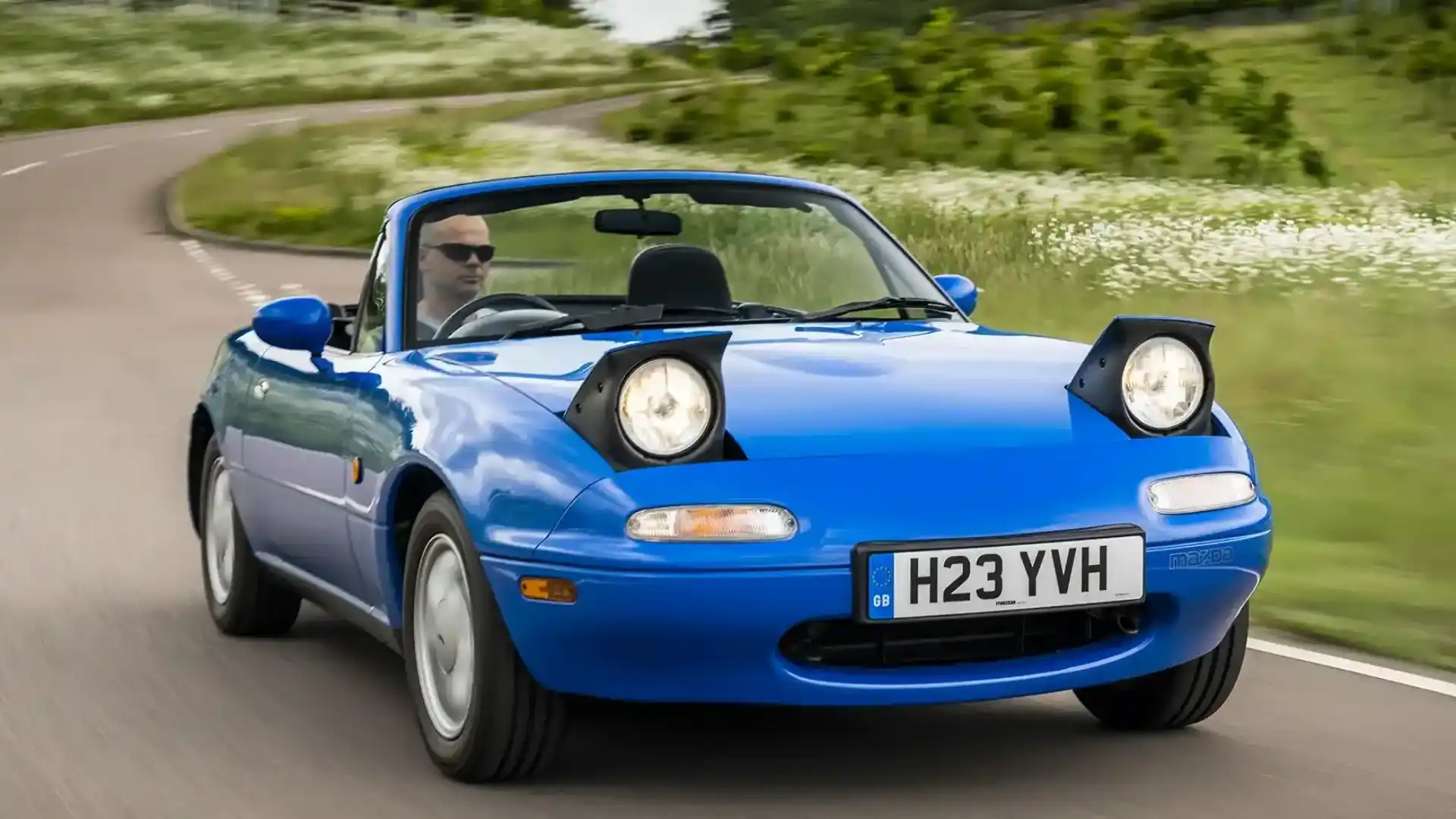In early September 2025, the automotive world was struck with profound sadness as news broke of the passing of Tsutomu Tom Matano, a legendary designer whose creative vision helped shape some of the most beloved sports cars in history. At 76 years old, he left behind an indelible mark that transcends mere automotive design, embodying a philosophy centered on human connection, emotional resonance, and craftsmanship.
His influence on Mazda lineup—particularly the iconic Miata and RX-7 FD—has cemented his status as a visionary whose work continues to inspire enthusiasts and designers worldwide. Main Keyword: Tsutomu Tom Matano, a name synonymous with sports car elegance and emotional design, now echoes in the halls of automotive history, reminding us that great design is ultimately about people.
The Life and Design Philosophy of Tsutomu Tom Matano: A Journey from Tokyo to Global Automotive Icon
Tsutomu Tom Matano journey began in Tokyo, where he earned an engineering degree from Seikei University in 1969. Driven by an innate curiosity and passion for innovation, he ventured abroad to California to study at the renowned Art Center School of Design in Pasadena. This foundational experience in the United States introduced him to diverse design philosophies and cultivated his understanding of artistic expression through technical precision. His international education laid the groundwork for a career that would span continents and automotive cultures, making him a truly global designer.

Throughout his career, Tsutomu Tom Matano exemplified a holistic approach to car design—one that prioritized human emotion above all else. His philosophy was rooted in understanding the needs and feelings of the driver, striving to create vehicles that were not merely attractive but emotionally evocative. In interviews, he emphasized that design should start with people: “From genuine user needs, bringing solutions that are ‘warm’ and ‘empathetic’”.
This empathetic approach was evident in every model he touched, especially the Mazda MX-5 Miata and RX-7 FD, which are celebrated for their approachable yet captivating aesthetic. Under his guidance, Mazda design language became a homage to simplicity, fluidity, and emotional purity, emphasizing that a car’s beauty should evoke a sense of comfort, joy, and nostalgia.
The Artistic Craftsmanship Behind the Mazda MX-5 Miata and RX-7 FD
Among the myriad of vehicles Tsutomu Tom Matano helped shape, two models stand out as his masterpieces: the Mazda MX-5 Miata and the RX-7 FD. These cars are not just modes of transportation; they are cultural icons that embody his design principles. The MX-5 Miata, often called the “spirit of the roadster,” revived global enthusiasm for lightweight, open-top sports cars. Its sleek, simple lines and driver-focused cockpit reflect Matano concept of making a car that feels personal and inviting—a perfect blend of form and function. He drew inspiration from post-war British sports cars, emphasizing a design that was approachable but loaded with emotional resonance, making it a classic that continues to win hearts decades after its debut.
The RX-7 FD, meanwhile, is widely regarded as a pinnacle of Japanese sports car design, famously distinguished by its sculpted, aerodynamic body and harmonious proportions. In a 2023 interview, Matano revealed that his approach was always tactile and empathetic: “We must start with the human body,” he said. For the RX-7 FD, he envisioned a body that was “healthy but not overly muscular,” as if crafted to be touched gently and appreciated aesthetically.

Its design exudes a sense of motion even when stationary, capturing a fleeting moment of speed and grace. This car became a cultural touchstone, appearing in Japanese manga, Hollywood films, and street tuning scenes worldwide—testament to his ability to craft vehicles that resonate on both emotional and cultural levels.
Regarding creative insights, Tsutomu Tom Matano design philosophy centers on empathy, humility, and the human experience. His ability to blend Japanese craftsmanship with Western modernism created a unique aesthetic that appeals universally. In an era increasingly dominated by digital influence and mass production, his principles remind designers that authenticity, emotional connection, and human-centered solutions are what truly differentiate great designs. His work exemplifies that beauty in cars is not only about aesthetics but about storytelling—about creating machines that feel personal, meaningful, and enduring.
Matano Lasting Impact on Mazda and the Automotive Industry
Tsutomu Tom Matano influence extends far beyond the vehicles he designed. His leadership at Mazda, from his arrival in North America in 1983 to his eventual role as global head of design, helped redefine how Japanese automakers approached sporty, emotionally engaging vehicles. Under his guidance, Mazda fostered a design language that celebrated fluid lines, understated elegance, and a commitment to the driver emotional experience. His commitment to empathetic design influenced Mazda entire lineup, elevating the brand reputation from utilitarian to aspirational.
His departure from Mazda in 2002 to teach and inspire future generations underscores his dedication to cultivating talent and sharing his philosophy of human-centered design. As the director of the Industrial Design Program at San Francisco Art Center College of Design, he influenced countless students and industry professionals, ensuring that his ethos would live on through their work. His legacy is also embedded in Mazda continued pursuit of lightweight, driver-focused vehicles, demonstrating that his design principles remain relevant in an industry noisy with trends but yearning for authenticity.

In the broader context, Tsutomu Tom Matano work highlighted a vital lesson: that even in a rapidly evolving technological landscape, human emotion and storytelling remain at the core of effective design. As the industry continues to innovate with electric and autonomous vehicles, his emphasis on empathy could serve as a guiding principle for creating machines that enhance the human experience rather than replace it.
Conclusion
The passing of Tsutomu Tom Matano marks the end of an era but cements his legacy as a visionary whose empathetic, human-centered approach to design revolutionized the automotive landscape. From his roots in Tokyo to his influential role in Mazda golden age, Matano work exemplifies the power of emotional resonance—creating cars that transcend functionality to become cultural icons and personal expressions.
His designs, notably the Mazda MX-5 Miata and RX-7 FD, continue to inspire new generations of designers and enthusiasts alike, reminding us that true innovation is rooted in understanding and celebrating the human connection. Though he has left this earthly realm, the spirit of his work will forever steer the direction of automotive design toward authenticity, warmth, and emotion.
